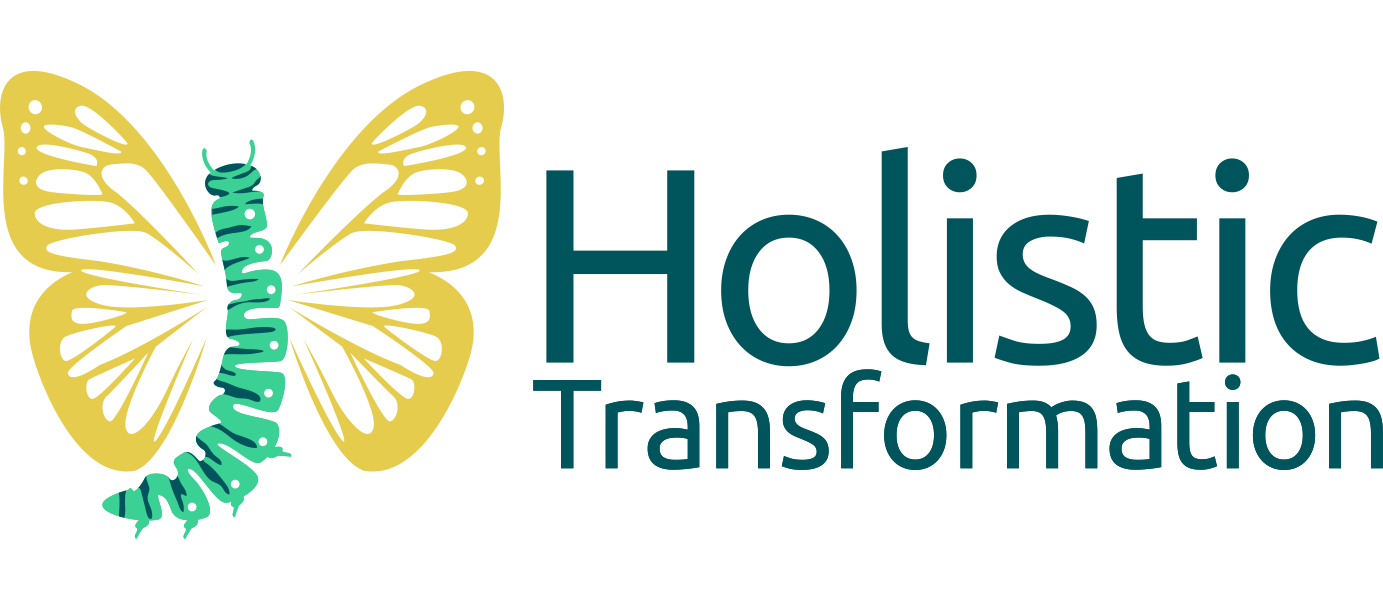Bob Marshall has a model concerning organizational maturity, that can and should be applied to teams as well. He naturally calls it The Marshall Model.
He lists four mindsets (or rather seven stages), chaotic, (novice/competent) analytical, (early/mature) synergistic and (early/proficient) chaordic.
- Chaotic / ad-hoc is when the organisation is making everything up as they go along and repeatedly solving the same problems, often in different ways. My take on this is that this is most likely the most common mindset of a team, simply because we’re not mature enough in general … yet.
- Analytical is when there is an organisation structure that on paper looks great but every part of the structure work in silos and focusing on local goals. This is also a common state of a team, at least from time to time. The workflow is structured, but when it comes to the details, it’s still ad hoc. Every team to local optimizations of their work.
- Synergistic is when the organisation has a holistic view of the situation with common systemic goals. The decision-making is often evidenced based and everyone knows what’s really valuable for the company and the end users. The synergies you get is often higher motivation, faster learning and great adaptability. This is where Agile is aiming.
- Chaordic is when you leave the rules and guidelines behind. The organisation is always in process thinking mode and can intuitively grasp complex situations. This is what is required for true self-organization.
Between the four mindsets are tough transition zones requiring great and continuous change management to get through. This is why we see so many teams doing something that looks like Scrum in a Waterfall. What’s important to note in this model is that a team that does mature Waterfall may deliver more and better than an immature Agile team.

Moving from the left to the right in this diagram is something Bob Marshall calls Rightshifting. The wastefulness goes down, and the effectiveness (i.e. building the right thing that would give the right valuable outcome to the organisation and the customers) goes up the further right you go. With that, in time, the efficiency will go up as well.
What did the Agile Manifesto do?
When Agile was introduced to the mass market, two things happened. One, some mature and change competent organisations transitioned from an analytical mindset to a synergistic. Two, most organisations transitioned the other way, to a Chaotic stage, since their interpretations of Agile was along the lines of “the Manifesto tells us to ignore process, to stop documenting, to stop contracts and to stop planning altogether” and “Agile is only delivery, and delivery is the only thing needed, we trust our developers 100 percent”.
Hence, it is really important to realise what mindset (or stage) that you are in, to be able to Rightshift. The only slight problem is that if you are in the Chaotic mindset, you will most likely need to go through Analytic (i.e. get a bit of structure to your processes and thinking) to be able to achieve a Synergistic mindset. Here’s a table with tells to enable you to do this.
Chaotic tells
- Improvisers, rule breakers
- Undisciplined, disorganised
- Solo players, rarely cares about their role in the system
- Solves the same problem over and over, without improvement
- Purely egocentric motivation
- Good decisions only dependent on luck
- Consistently low quality
Transition between chaotic and analytic
- Rigid adherence to rules
- Little or no discretionary judgement
- Potential to fall back to ad-hoc thinking
Analytic tells
- Rule followers
- Discipline as a structure
- Silo workers, unaware about their role in the system
- Local optimisations
- Extrinsic motivation, e.g. bonus systems
- Arbitrary decisions, often structure based, e.g. hierarchy
- Varying quality
Transition between analytic and synergistic
- Coping with complexity (multiple concurrent stakeholders, needs, etc)
- Actions now seen as part of longer-term systemic goals
- Deliberate consideration of the organisation as a system
- Reduction in variability of results
- Potential to fall bock to analytical thinking
Synergistic tells
- Rule adapters
- Discipline as a value
- Aware of the ability and limitations of the system
- Holistic view, shared purpose
- Intrinsic motivation, e.g. goal completion
- Effective decisions, evidence-based
- Consistently high quality
Transition between synergistic and chaordic
- No longer reliant on rules
- Intuitive grasp of situations, based on deep tacit understanding
- Driven by a vision of what is possible
- Can integrate new ideas, approaches, technologies with ease
Chaordic tells
- Synergistic tells, as well as the tells below
- Tracking and exploiting the ever-changing high-margin sweet spots in the market
- Always teetering on the cusp between stability (order) and chaos (disorder).
- Occasionally, the organisation will collapse into (temporary) chaos and disorder.



Trackbacks & Pingbacks
[…] start with The Marshall Model. Moving from an analytical stage of maturity to a synergistic stage of maturity is, according to […]
Leave a Reply
Want to join the discussion?Feel free to contribute!